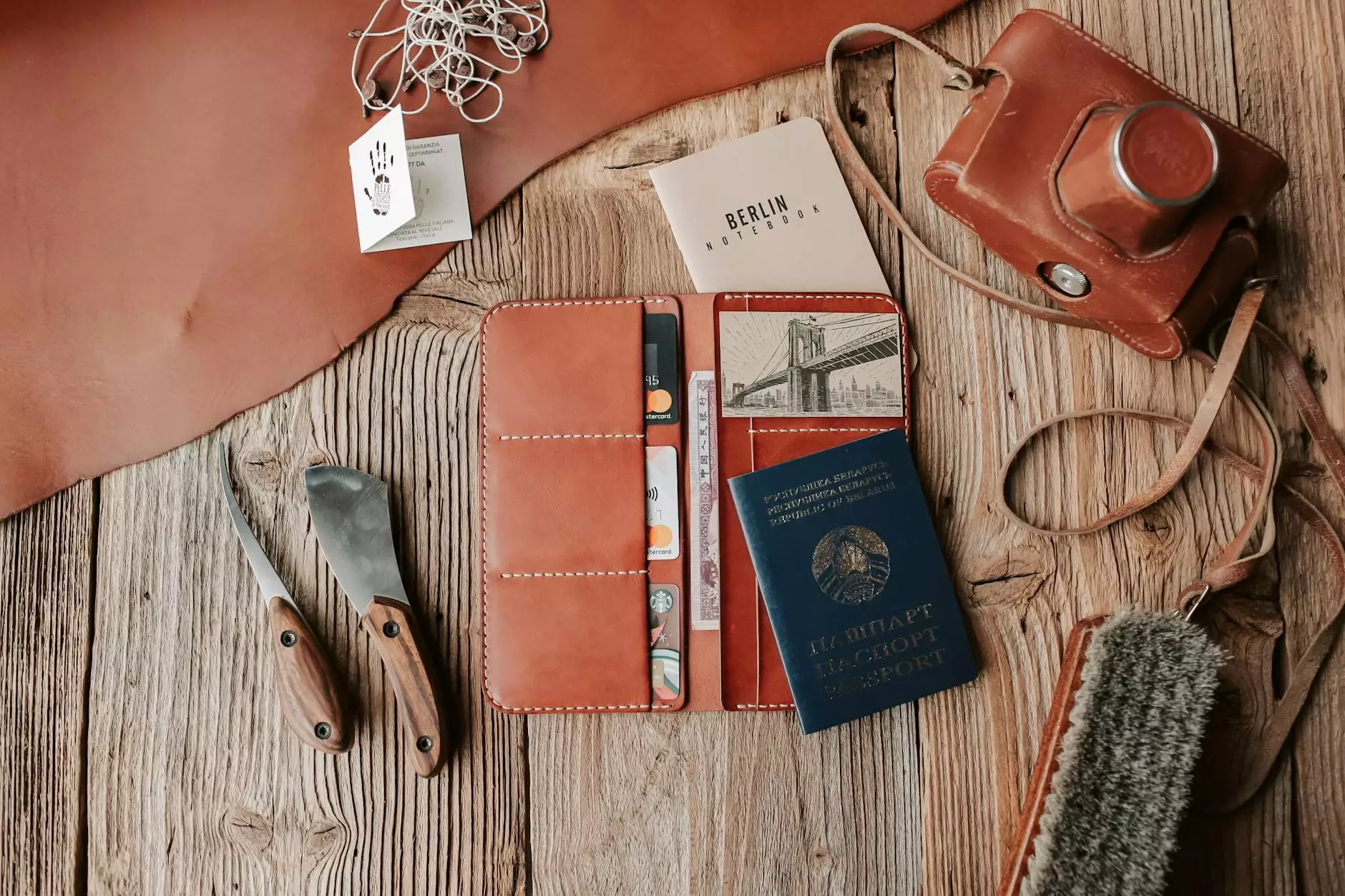How to Use Bartender Label Software for Your Business

In today's rapidly evolving business landscape, efficient and precise labeling can make a significant difference in your operations. One tool stands out in the realm of label creation and printing: Bartender Label Software. This software is designed to simplify the process of designing, printing, and managing labels seamlessly. In this extensive guide, we'll explore how to use Bartender Label Software effectively, ensuring you can take full advantage of its features to enhance your productivity.
1. Understanding Bartender Label Software
Bartender Label Software, developed by Seagull Scientific, is a powerful application that allows businesses to create and print labels, barcodes, and RFID tags. Whether you’re in the printing services, electronics, or computers sector, Bartender can cater to your specific labeling needs.
1.1 Key Features
- Design Flexibility: Create labels with powerful editing tools that allow for complete customization.
- Data Integration: Easily connect with databases and spreadsheets for dynamic data entry.
- Barcode Generation: Generate a wide range of barcode types for inventory and tracking purposes.
- RFID Encoding: Support for RFID technology to meet modern business requirements.
- User-friendly Interface: Intuitive navigation that enables users of all skill levels to create labels quickly.
2. Setting Up Bartender Label Software
Getting started with Bartender Label Software involves a few important setup steps. Here’s a straightforward guide to ensure you are ready to use the software right away:
2.1 Installation Process
- Visit the Seagull Scientific website and download the latest version of Bartender Label Software.
- Run the installation file and follow the prompts to install the software on your computer.
- After installation, open Bartender and complete the activation process using your license key.
2.2 Setting Up Your Printer
To ensure that your labels print correctly, follow these steps:
- Connect your printer to your computer via USB or network connection.
- In Bartender, navigate to the printer setup wizard where you can select your printer type.
- Adjust printer settings, including label size and print resolution.
3. Designing Labels with Bartender
Label design is where Bartender truly shines. Its editing tools allow you to create labels that are not only functional but also visually appealing.
3.1 Using the Design Environment
Within Bartender, the design environment offers numerous tools:
- Text Tool: Add text fields with various font styles, sizes, and colors.
- Image Tool: Import images or logos into your label design.
- Barcode Tool: Insert different types of barcodes by simply dragging and dropping.
- Shapes and Lines: Use shapes and lines to enhance your design.
3.2 Working with Data Sources
The ability to connect to external data sources makes Bartender exceptionally powerful. Here is how you can use data for dynamic labels:
- Choose the “Data Sources” option from the main menu.
- Select the appropriate database or spreadsheet file.
- Map the data fields to your label design. For example, connect a product name field to a text box on your label.
4. Printing and Managing Labels
With your label designed, it’s time to print your labels efficiently. Bartender offers robust printing options that cater to various needs:
4.1 Print Preview and Test Printing
Before printing a batch of labels:
- Use the Print Preview feature to inspect how your labels will look when printed.
- Conduct a test print on a single label to ensure everything appears correctly.
4.2 Batch Printing
If your design is satisfactory, here’s how you can print multiple labels:
- Navigate to the printing menu and select “Print” options.
- Set the quantity of labels to print and any additional print settings.
- Click on “Print” to initiate the batch process.
5. Advanced Features of Bartender
Once you’re comfortable with the basics, explore the advanced features Bartender has to offer:
5.1 Automation and Integration
Bartender supports automation, allowing you to:
- Integrate with your ERP or MES systems for automatic label generation.
- Use Bartender’s middleware to connect with a variety of databases.
5.2 RFID Labeling
If your business requires RFID technology, Bartender enables you to:
- Design RFID-enabled labels.
- Encode RFID tags directly through your label design.
6. Best Practices for Using Bartender Label Software
To maximize your experience with Bartender, consider these best practices:
6.1 Regular Updates
Always keep your Bartender Software updated to access new features and maintain compatibility with printers.
6.2 Template Creation
Create templates for frequently used labels, which can save time and ensure consistency across your products.
6.3 Backup Your Designs
Regularly back up your label designs and databases to prevent data loss and ensure quick recovery in case of any issues.
7. Conclusion
In conclusion, how to use Bartender label software effectively can significantly enhance your labeling process, ensuring accuracy and efficiency. From its impressive design capabilities to its ability to integrate with various systems, Bartender stands out as a vital tool in your business operations. By following this comprehensive guide, you will be well-equipped to utilize this software to its fullest potential, ultimately streamlining your workflow and enhancing productivity in your business.
For more information on printing services, electronics, and computer solutions, feel free to explore the offerings at omegabrand.com.









